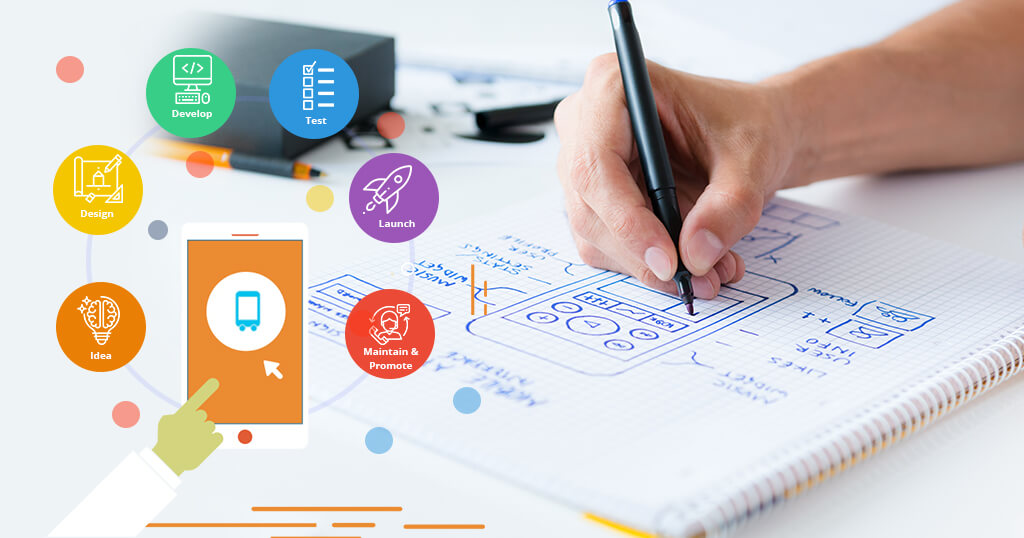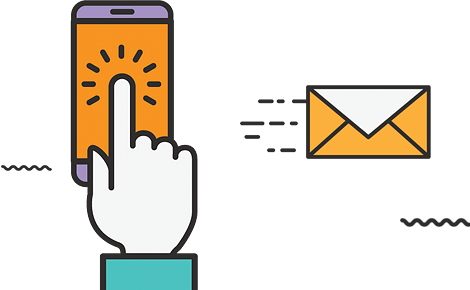
Mobile apps have become essential tools for businesses looking to engage customers, streamline operations, and drive growth. However, turning an idea into a successful app requires careful planning, development, and execution. At BronzeByte, established in 2024, we specialize in guiding businesses through the entire mobile app development journey. Here’s a complete breakdown of the process.
1. Ideation and Conceptualization
Every successful app starts with a strong idea. This stage involves:
Identifying the Problem: Understand the challenge your app will solve for users.
Defining the Target Audience: Knowing your users’ needs ensures the app delivers value.
Researching Competitors: Analyze similar apps to identify gaps and opportunities.
Setting Goals: Define measurable objectives for your app, such as downloads, engagement, or revenue.
2. Planning and Strategy
Once the idea is solid, planning begins:
Feature List: Outline core features and functionalities of the app.
Platform Selection: Decide whether to develop a native (iOS/Android), hybrid, or cross-platform app.
Budget & Timeline: Estimate costs, resources, and a realistic launch timeline.
Wireframing: Create basic app layouts to visualize user flow and navigation.
3. Design
The design phase focuses on creating an engaging user experience (UX) and appealing user interface (UI):
UI/UX Design: Develop intuitive navigation, clear layouts, and visually attractive screens.
Prototyping: Build interactive mockups to test usability and gather feedback.
Branding: Incorporate brand colors, fonts, and logos to maintain consistency.
4. Development
The development stage transforms designs into a functional app:
Front-End Development: Focuses on what users interact with, including screens and buttons.
Back-End Development: Handles databases, servers, and APIs that power the app.
Iterative Testing: Continuous testing during development ensures bugs are caught early.
5. Testing and Quality Assurance
Before launch, rigorous testing ensures the app works flawlessly:
Functional Testing: Checks if all features work as intended.
Performance Testing: Ensures fast load times, smooth animations, and minimal crashes.
Compatibility Testing: Confirms the app works across different devices and OS versions.
User Testing: Gather feedback from real users to refine the experience.
6. Launch
Launching the app is just the beginning:
App Store Submission: Follow guidelines for Google Play Store or Apple App Store.
Marketing Strategy: Promote the app through social media, email campaigns, and ads.
Monitoring & Analytics: Track user behavior, downloads, and engagement metrics to optimize performance.
7. Post-Launch Support and Updates
A successful app requires continuous improvement:
Bug Fixes: Address issues reported by users promptly.
Feature Enhancements: Add new features to meet evolving user needs.
User Engagement: Send updates, notifications, and offers to retain users.
Conclusion
Developing a mobile app is a multi-step journey that requires careful planning, creativity, and technical expertise. By following a structured process—from ideation to launch and beyond—you can create an app that not only meets user needs but also drives business growth.
At BronzeByte, established in 2024, we help businesses transform ideas into high-performing mobile apps. Our team ensures that every app we build is user-friendly, visually appealing, and aligned with your business goals.


